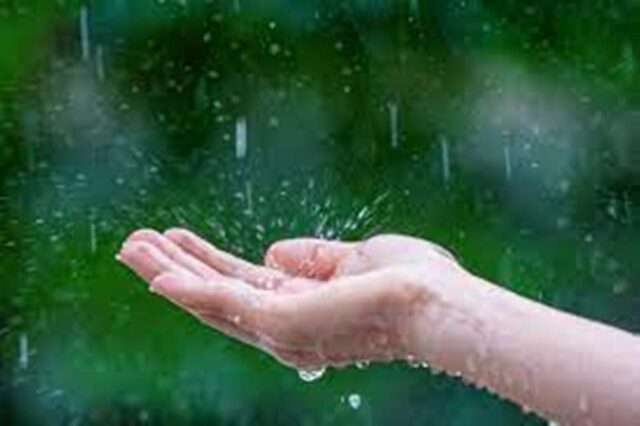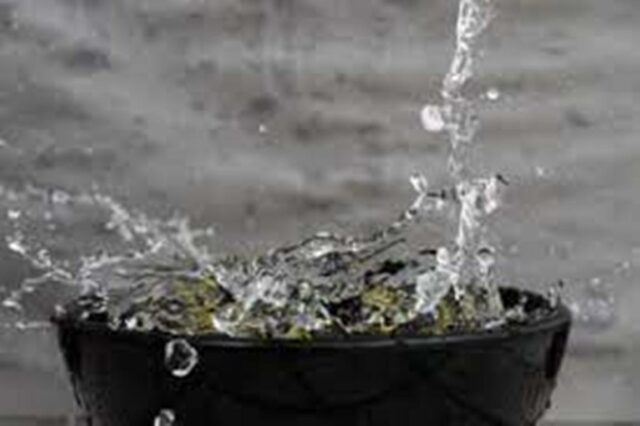Both water scarcity and torrential rains pose challenges. First, because it means that people will not be able to drink this vital liquid, bathe, wash clothes or cook; second, because in urban soils where there are few absorption surfaces, the seepage is low and the risk of flooding is high.
A solution to make more efficient use of the available resource and combat the effects of climate change is the harvest or capture of water. It consists of a simple process that with the correct materials and advice can become an advantage.

“This practice consists of storing rainwater, to avoid that when these are very abundant, the sewers collapse. In this way, the risk of flooding in our cities is reduced”, indicated Jorge Jean, Marketing Director of Mexico and Central America Territory of Amanco Wavin.
The collected rain can be used for cleaning homes or offices, watering plants, washing cars, and for use in sanitary services, among others. This frees up human consumption of drinking water, another resource that is invaluable and to which many people have limited or no access at all.
In environments where this practice is not yet so well known, it allows at least to store the water and release it in controlled quantities for several days, thereby reducing the risk of flooding.
How to collect and store rainwater?
From completely handmade solutions, such as collecting water in containers, to industrialized systems, the market offers a variety of tools to store and conduct rainwater. For example, Amanco Wavin has developed and installed for more than 10 years a large number of projects with the Aquacell system, which allows water to be collected, which seeps into the ground and recharges aquifers. It can also be kept for reuse or held for a time to prevent flooding before it is released to the environment.
How it is distributed after being collected will depend on the needs of the environment and the project objectives. This system allows approximately 190 liters of water to be stored for each cell, which has a structural resistance that can support light vehicular load.

There are also other solutions on the market, such as reservoirs, which are open tanks for the collection or storage of larger volumes of rainwater resources. There are catchment systems that are used as a solution to collect rainwater from industrial buildings and parking areas.

